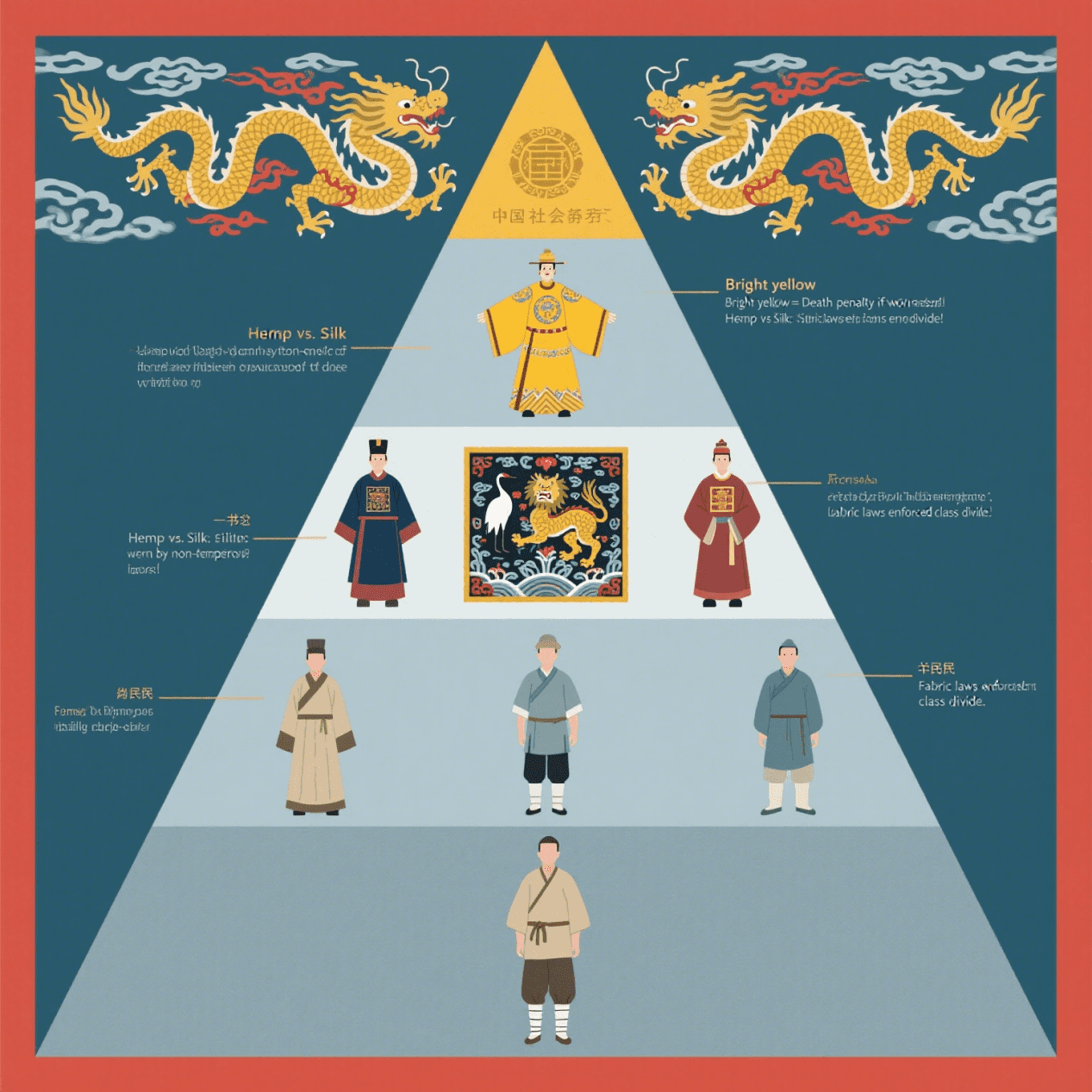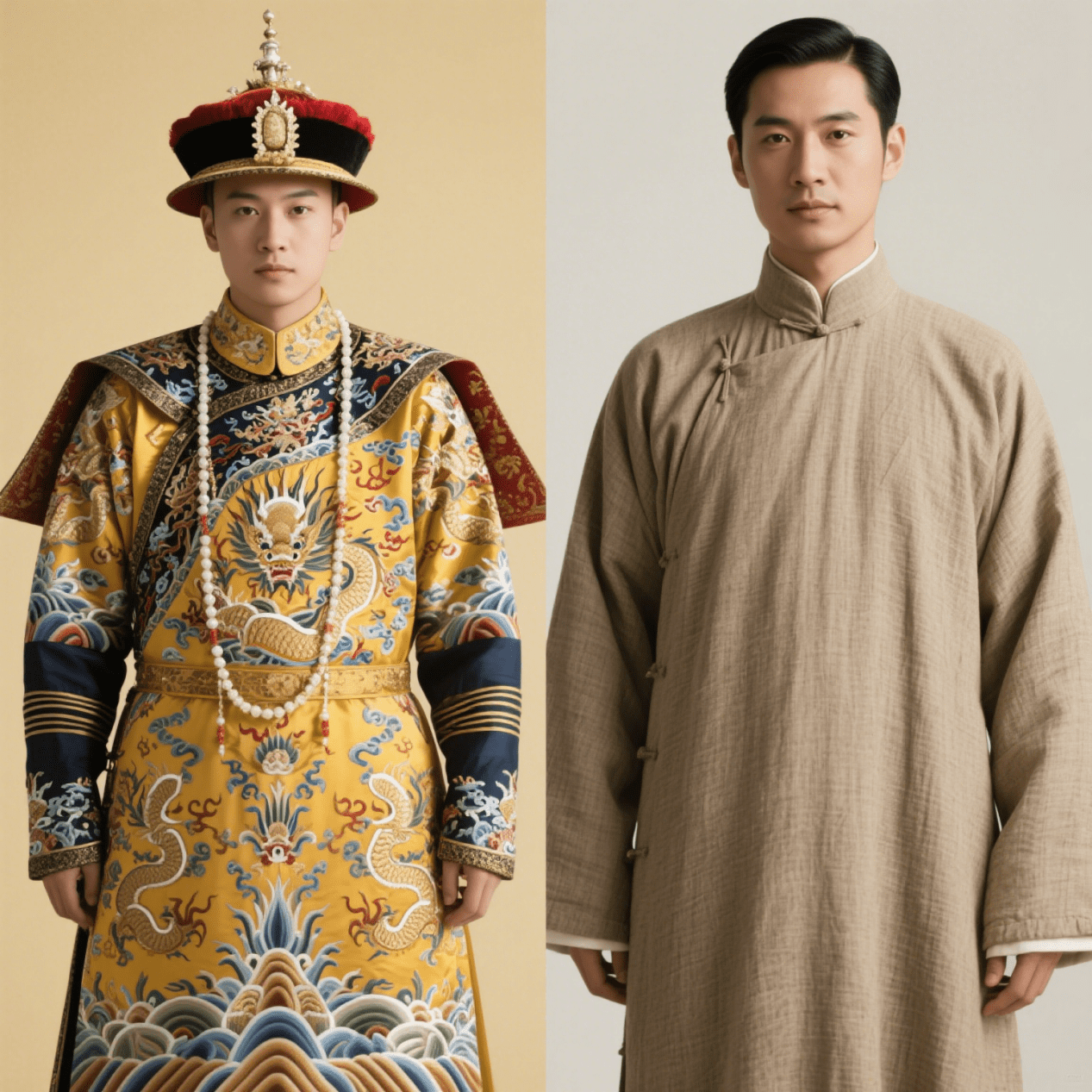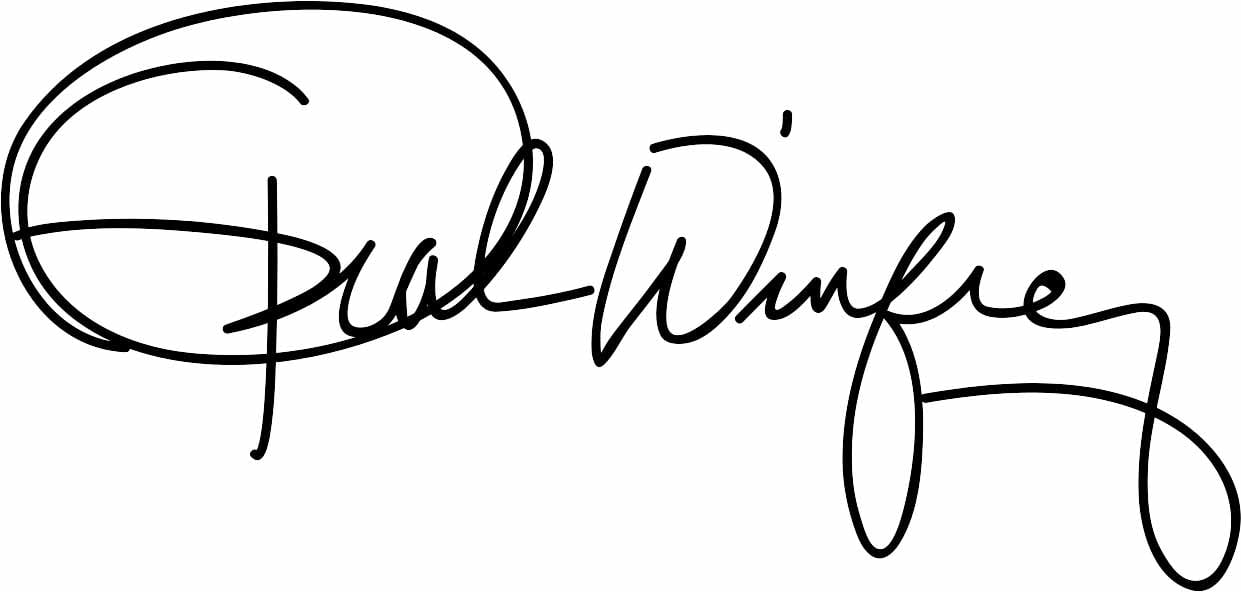More than just fabric
Today, when we think of Hanfu in Ancient China, we often picture flowing sleeves and intricate embroidery. But in ancient China, Hanfu was much more than an aesthetic fashion—it was a visual language that communicated social class, moral values, and even political stances.
For Western Hanfu enthusiasts, understanding these historical details will change the way we appreciate and wear Hanfu today. Unlike modern Western fashion, which is driven by personal style, traditional Hanfu followed a strict dress code that was closely tied to Confucian philosophy and imperial law.
パート1:皇帝のような服装 - 権力の象徴としての韓服
禁じられた色:なぜ黄色は絶対的権威を意味するのか
唐の時代(618-907CE)以降、明るい黄色は皇帝の専用色となり、無許可で着用すると死刑となった。これは恣意的なものではなかった:
哲学:黄色は中国の宇宙観において「中心」を表し、皇帝を天の命に一致させる。
管理:倹約令によって高級織物(絹織物など)は貴族に制限され、衣服は即座に階級を示すものとなった。
ランクバッジ明清の "パワースーツ"
明(1368-1644)と清(1644-1912)の時代、官吏は階級を示す刺繍パネルであるマンダリン・スクエア(补子)を身に着けていた:

豆知識:これらは西側軍の記章にインスピレーションを与えた!
パート2:服装よりオケージョン - 韓風の儀式的精密さ
A.ウエディング赤い幸運VS白い喪
ブライダル韓服: 明式の赤い鳳凰冠(凤冠)は喜びを象徴し、唐時代の花嫁はハイウエストの襦裙(じゅそく)を着て優雅さを演出した。
タブーだ: 白は葬儀のためのもので、西洋のブライダルの伝統とは対照的である。
B.法廷での服装袖の長さが不快感を与える場合
朝服:皇室の謁見時に黒い帽子(乌纱帽)と共に着用する。
エチケット袖をまくったり、ベルトを緩めたりするのは、ホワイトハウスにパジャマで現れるようなものだ!
C.普段着:学者のシックと労働者の実用性
学者たち:深衣:儒教の謙遜を反映した控えめな十字襟の衣。
農民:シンプルな短打(duan da)-移動用の短い上着で、藍色や茶色が多い。
第3回:漢方の現在 - 復活か、反乱か?
現代の議論:古代のルールに従わなければならないのか?
伝統主義者は歴史的な正確さを主張する(例えば、ミシン刺繍はしない)。
改革派は、韓服をオフィス用にアレンジする(例えば、スカートを短くする、生地を混紡する)。
ケーススタディ 中国Z世代はいかにして韓服とストリートウェア(スニーカー+魯迅)をミックスするか。
グローバルなエチケット 非中国人は漢服を着られるのか?
日本の着物文化(日本人以外の着物着用が論争になることもある)とは異なり、ほとんどの韓風コミュニティは、敬意を払って外国人の参加を奨励している:
やるんだ: 象徴を研究する(例えば、お祝いの席では葬式の白は避ける)。
やめてくれ: 文化的背景のない "コスプレ "として扱う。

The Symbolism Behind Hanfu Colors and Patterns
In ancient China, colors and patterns used in Hanfu were far more than mere decorations — they carried deep cultural and social meanings. Specific colors like red symbolized joy and prosperity, while black often reflected solemnity and dignity. Patterns, from dragons to peonies, indicated rank, family heritage, or even personal virtues. Understanding these details can unlock a richer appreciation of Hanfu’s role as a visual language, telling stories about the wearer’s identity, aspirations, and place in society. Today, modern Hanfu designers continue to draw inspiration from these traditional elements, blending history and contemporary style.
生きた歴史としての漢方
皇帝の権力争いからTikTokのトレンドまで、韓服の進化は中国の歩みを反映している。海外のファンにとって、韓服を着ることは単なる美しさではなく、3000年前の視覚言語を解読することなのだ。
When exploring the rich history of Hanfu, it is important to understand how clothing symbolized more than just personal style — it represented a person’s social standing, profession, and even political alignment. In ancient China, the emperor wore dragon robes embroidered with golden threads, while scholars and officials were identified by specific hat styles and robe patterns. Commoners, on the other hand, wore simpler Hanfu made from plain fabrics. Even the colors carried meaning: bright yellow was reserved exclusively for royalty, while deep greens and blues were associated with scholarly pursuits. Understanding these distinctions allows modern Hanfu enthusiasts to appreciate the depth and significance of traditional Chinese attire beyond its beauty.
Hanfu enthusiasts can learn more about hanfu on our blog page!https://shop.tangpura.com/blog/



